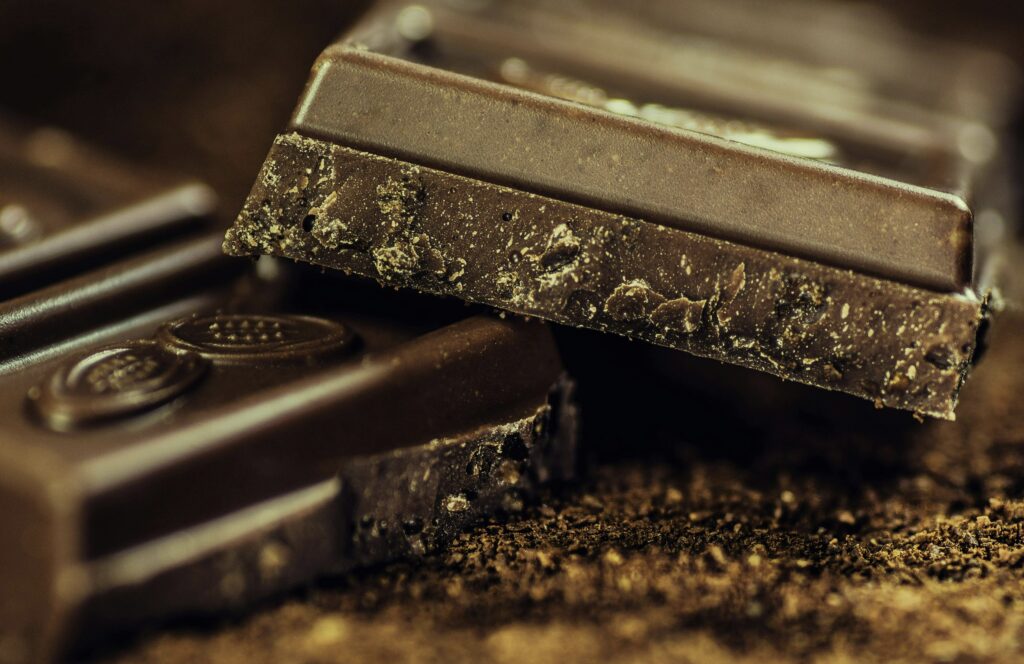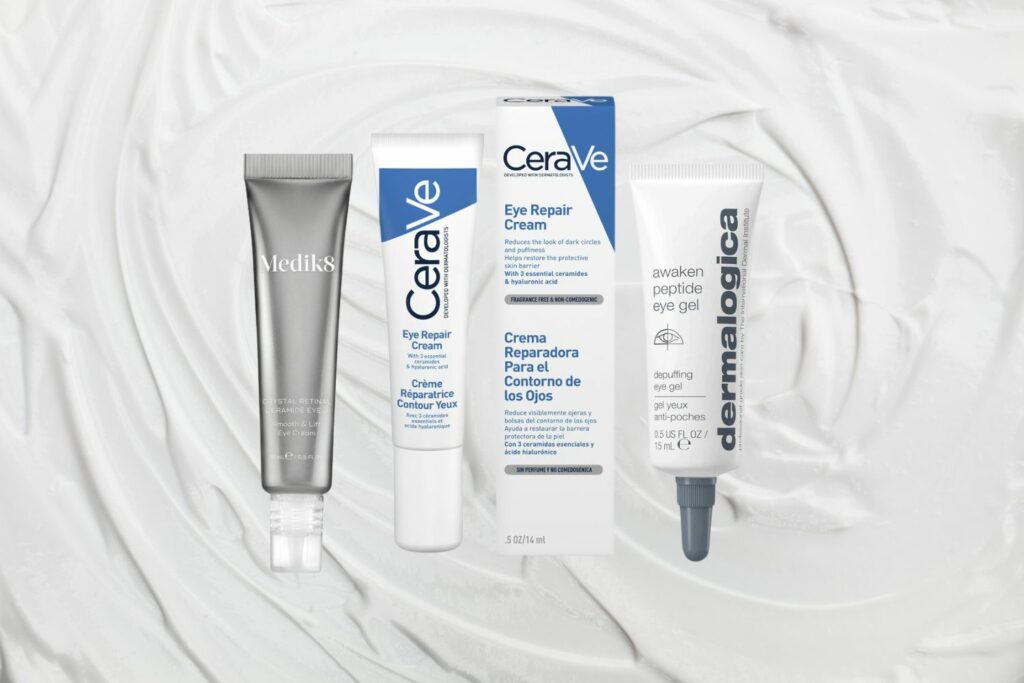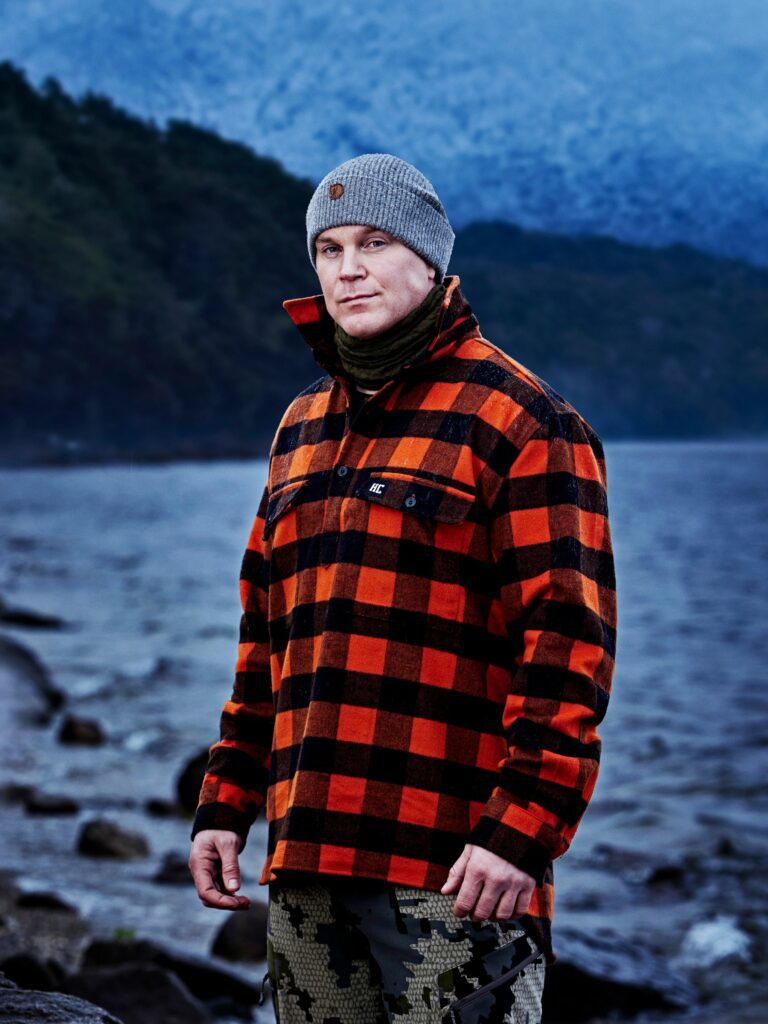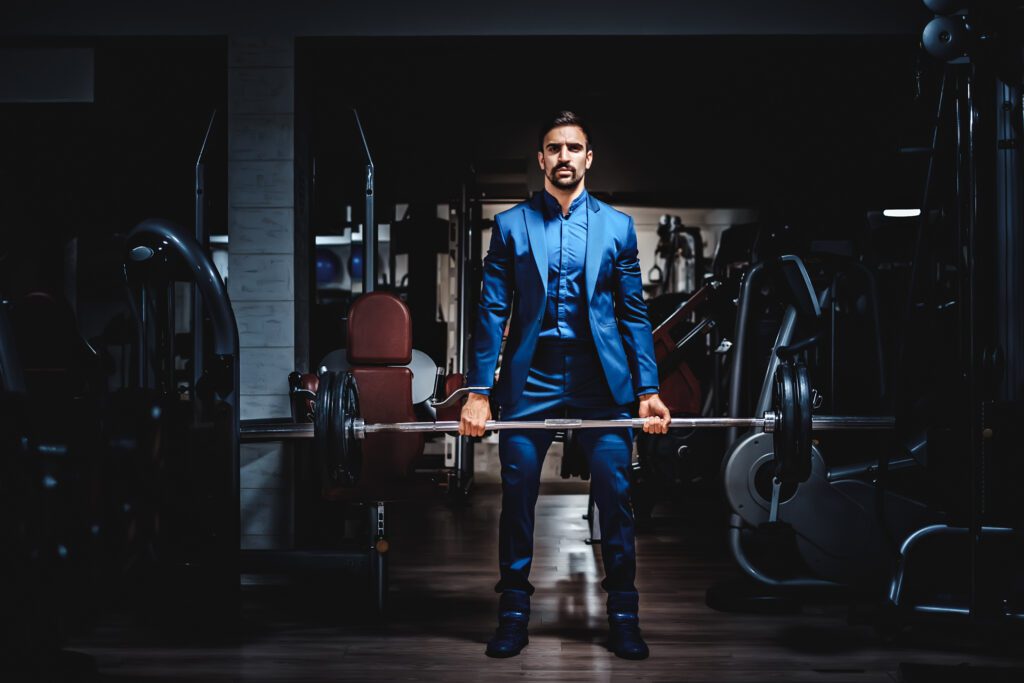Your feet endure a lot each day: You wash them in a hot shower, squeeze them into stiff work shoes, where they stay tucked away for 10 hours, and then you lace up your sneakers for a run or training session. By evening, they’re tired, sweaty, and funky as hell.
This can lead to any number of issues. Blisters and calluses, cracked heels, and fungal infections are just some of the joys that result from your active lifestyle. And with summer on the way, increased activity and warmer weather there’s no better time to think about your feet.
Here, Caitlin Jeffries, Australian Podiatry Association national spokesperson, has shares some tips for the best ways to avoid these all too common and painful foot health issues:
Wearing socks with enclosed footwear is a must
“Equally selecting the right socks that fit your feet appropriately is important. If your socks are bunching up, or have bulky seams they are more likely to rub and cause blisters. Avoid synthetic materials. Picking a natural fibre, such as cotton, will increase air circulation to the foot helping to stop sweating and swelling which can also contribute to friction.”
Select appropriate footwear
“Your shoes need to matches the shape of your feet and the activity you are undertaking is important. A qualified podiatrist is your footwear expert and can assist you with this. They also have expert skills to help identify both structural and external factors that are increasing your risk of blisters as well as how to manipulate these to prevent such issues.”
Consider the way you walk or run
“Altered foot mechanics can lead to both increased friction between your foot and the shoe and your foot and the ground leading to build up of hard skin and blisters. You may need custom foot orthosis which can shift where force is being applied throughout your feet, as well as changing the way you move from the feet up. This is often a great option for those who are on their feet for long periods such as during sport and exercise, or even those that spend a lot of time standing and walking. Podiatrists can also make orthotics with protective top covers that are designed to reduce friction and to further help reduce blisters.”
Moisturise
If you have calluses be sure to keep these areas moisturised to avoid them cracking or peeling which can put you at risk of infection and increased pain.
But avoid moisture
Blisters and calluses are both caused by a combination of friction, moisture, and rubbing. Sweaty feet are more likely to get blisters because the moisture increases friction.
So what can you do? Switch out your socks immediately before and after a workout, or after being on your feet all day at work. You can even try spray or sprinkle drying powder on your feet before tucking them away.
And for the love of god.. don’t burst your blister
Avoid draining your own blisters, as this can lead to infection. Instead, pad the blister with thick band-aids, and let the blister pop on its own. Use Betadine to disinfect it, then soak it in Epsom salts to help the blister dry.
















